The views expressed in our content reflect individual perspectives and do not represent the authoritative views of the Baha'i Faith.
How many of you think of Amelia Earhart as the first woman pilot? Have you heard of any other female pilots from the early days of aviation?
At a time when men thought women had less capacity than their male counterparts, and believed it was due in part to them having smaller brains, female pilots proved them wrong. The Baha’i teachings say:
The mere size of the brain has been proved to be no measure of superiority. – Abdu’l-Baha, Abdu’l-Baha in London, p. 103.
Abdu’l-Baha also asserted that:
The woman has greater moral courage than the man; she has also special gifts which enable her to govern in moments of danger and crisis. If necessary she can become a warrior. – Ibid.
And—a pilot!
Let me introduce you to two women who not only looked to the stars—they took to the stars—and that took courage.
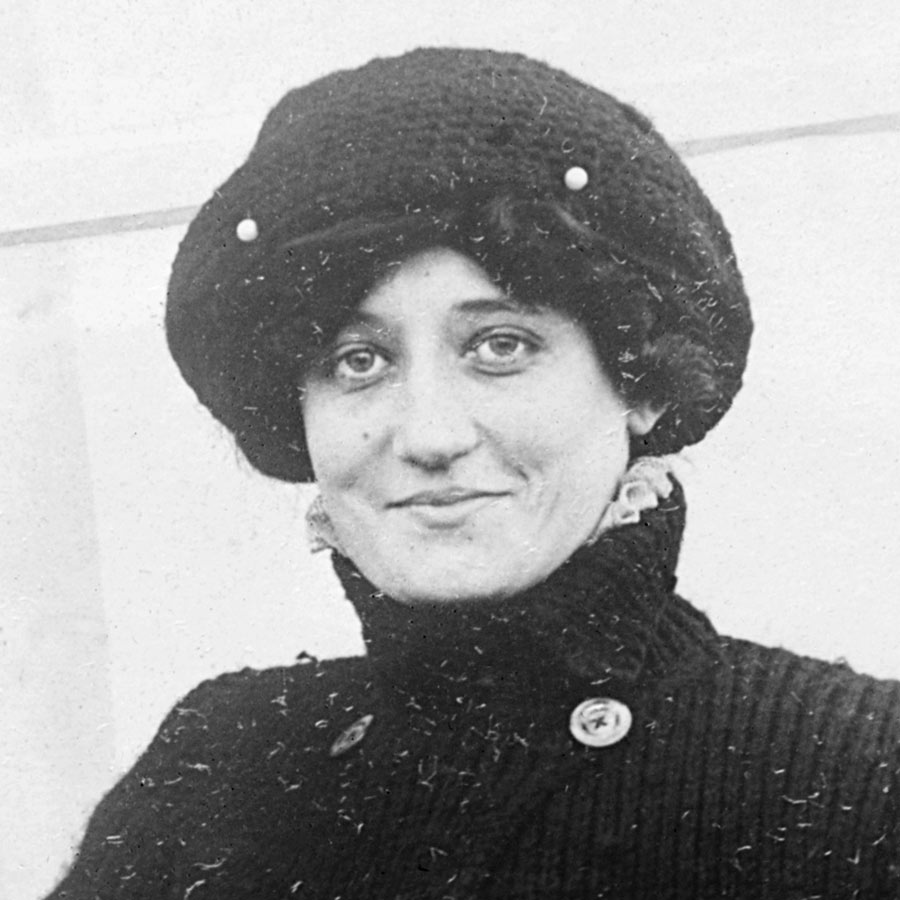
Raymonde de Laroche
Meet Raymonde de Laroche, who on March 8, 1910, became the first woman to ever earn a pilot’s license, issued to her by the International Aeronautics Federation. Several versions of her name and birthdate exist, as well as stories of why she decided to become a pilot. The most often cited date of birth is August 22, 1882. Her birth name is listed both as Elise Raymonde Deroche and Elise Roche. When she became an actress and singer she changed her name, given variously as Raymonde de la Roche/de Laroche, Elise Deroche/de Laroche, Baroness/Baronne/Madam de Laroche/de la Roche. We’ll just call her the Baroness.
A sports-involved child, a teen who loved motorcycles and automobiles, and a young adult balloonist, she next fancied learning to fly a plane. Her instructor, Charles Voison, along with his brother Gabriel, owned one of the world’s first aircraft manufacturing businesses.
After she learned to fly, she participated in airshows at Heliopolis in Egypt, Budapest, Hungary, Rouen, France, and St. Petersburg, Russia. In the latter, Tsar Nicholas II congratulated her personally. There she was introduced as “Baroness” and the title stuck.
On July 8, 1910 her plane crashed during a show in Reims, France. So severe were her injuries that she was not expected to recover. But the determined young woman surprised everyone, and two years later was back in the cockpit. That same year she suffered further injuries in a car crash that killed Voisin. Again, she healed and returned to flying.
On November 25, 1913, the Baroness won the Femina Cup from the Aero Club of France for a flight that lasted over four hours. She went on to set three records (for women pilots): two for altitude, one of which reached a height of 15,700 ft (4,800 m), and one for distance, having flown 201 miles (323 km).
Ironically, during World War I she chauffeured officers from the rear zones to the front, at times under enemy fire, because it was considered too dangerous for women to be pilots.
In her quest to become the first professional woman test pilot, she headed to LeCrotoy where she and a co-pilot took to the air in an experimental plane on July 18, 1919. It is unknown which of them was piloting the craft when it crashed, killing them both. She died just one month short of her 37th birthday.
A statue of Baroness Raymonde de Laroche stands at Paris’s LeBourget Airport.
The Baha’i teachings celebrate women who break the bounds of conventional gender roles. In London, Abdu’l-Baha had a fascinating conversation about flight with the famed British feminist Emmaline Pankhurst, where he surprised and delighted her:
A spirited conversation due to the visit of an ardent suffragist [Pankhurst] will be long remembered by those who had the privilege of being present. The room was full of men and women, many Persians being seated in their familiar respectful attitude on the floor.
After contrasting the general position of the Eastern and the Western women, and then describing how in many respects the Eastern woman has the advantage of her Western sister, Abdu’l-Baha turned and said to the visitor: “Give me your reasons for believing that woman today should have the vote?”
Answer: “I believe that humanity is a divine humanity and that it must rise higher and higher; but it cannot soar with only one wing.” Abdu’l-Baha expressed his pleasure at this answer, and smiling, replied: “But what will you do if one wing is stronger than the other?” Answer: “Then we must strengthen the weaker wing, otherwise the flight will always be hampered.”
Abdu’l-Baha smiled and asked: “What will you say if I prove to you that the woman is the stronger wing?”
The answer came in the same bright vein: “You will earn my eternal gratitude!” at which all the company made merry. – Abdu’l-Baha, Abdu’l-Baha in London, p. 101.
You May Also Like
Comments



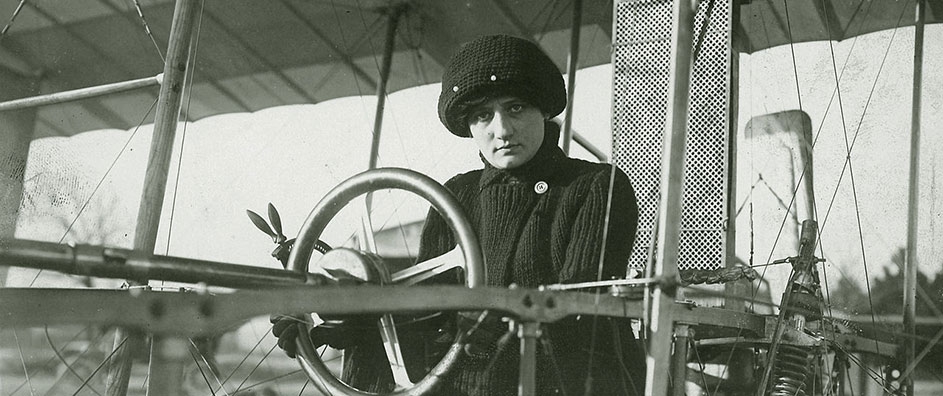
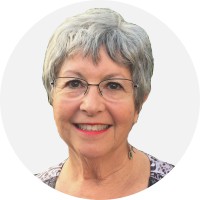
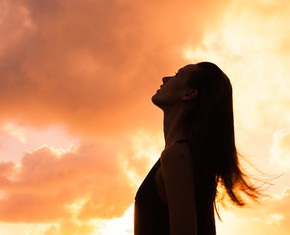
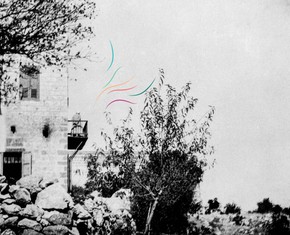
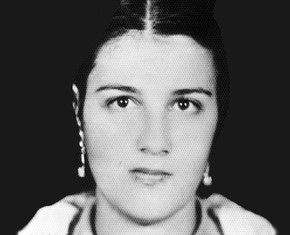









As for Reed Curry's comment about 'Abdu'l-Baha's quotes on women's moral courage and special gifts, they can be found on official websites like bahai.org, and in books published by official Baha'i Trusts, so there is a lot of confidence in their authenticity.
...
Reed adds more great Writings from the Master, and perhaps there's no contrast -- both sets of quotes compliment each other.
:-)
The Master tells us that the spiritual bird can only fly with two wings of equal strength.